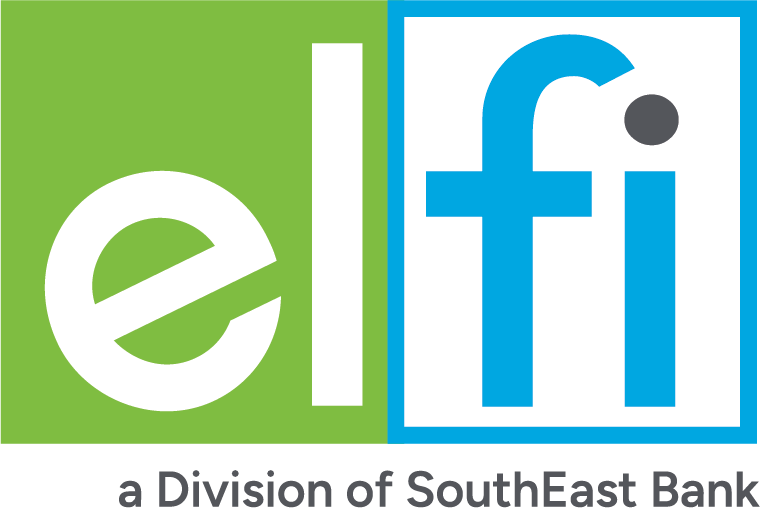What Are HEAL Student Loans?
Consolidate your HEAL loans by April 30, 2024 to get on the path to forgiveness.

Many, or all, of the products featured on this page are from our advertising partners who compensate us when you take certain actions on our website or click to take an action on their website. However, this does not influence our evaluations. Our opinions are our own. Here is a list of our partners and here's how we make money.
In 2014, the U.S. Department of Health and Human Services transferred outstanding HEAL loans to the Department of Education. While no new HEAL loans have been disbursed since 1998, some borrowers are still repaying old HEAL debt.
Health and Human Services operated the Health Education Assistance Loan (HEAL) Program from 1978 until Sept. 30, 1998 to help offset the costs of medical school.
The program insured loans up to $80,000 made by lenders to graduate students in health-related fields, such as medicine, osteopathy, dentistry, veterinary medicine, optometry, podiatry, public health, pharmacy, chiropractic, health administration and clinical psychology.
Today, students can borrow federal health professions student loans, direct unsubsidized student loans and grad PLUS loans to pay for medical school.
» MORE: 10 best medical school loans
If you still have HEAL loans, you can get on the path to forgiveness if you consolidate by April 30, 2024. Here’s what you need to know.
Contact your servicer for HEAL loan help
HEAL loans were distributed by schools, banks, credit unions, state agencies and other authorized lenders. Student loan servicers manage HEAL loan repayment. If you’re unsure who your loan servicer is, check the paperwork on your latest bill to see which organization your loan is attached to.
While inquiries related specifically to your loan must be directed to your loan servicer, you can get answers to general HEAL Program questions by contacting the Department of Education’s HEAL Program team at 1-844-509-8957 or [email protected].
Consolidate by April 30 to get HEAL loan forgiveness
You can consolidate HEAL loans into a federal Direct Consolidation Loan — and now is a good time to do so if you haven’t already. The Department of Education is encouraging borrowers to consolidate their HEAL loans by April 30, 2024 to benefit from the income-driven repayment (IDR) payment count adjustment and potentially get loan forgiveness in the future.
The IDR adjustment captures past periods of repayment that could count toward loan forgiveness under an IDR plan. The main benefits of the adjustment include reaching forgiveness faster, receiving immediate loan forgiveness or getting a refund for overpayment.
If you have a HEAL loan, you could get forgiveness soon if you consolidate it with a non-HEAL federal student loan, like an FFELP loan, Perkins loan or federal direct student loan, by April 30. Your new consolidation loan will get credit towards IDR forgiveness for the oldest non-HEAL loan included. So, if you've been repaying your HEAL loan for 25 years, and you consolidate it with a direct loan you've been repaying for 20 years, you'll get 20 years worth of IDR forgiveness — which could potentially result in loan forgiveness.
If you only have HEAL loans, you should still consolidate them by April 30 so you can access repayment options like the new IDR plan SAVE and Public Service Loan Forgiveness. But, your IDR forgiveness clock will start at zero after consolidating.
Unconsolidated HEAL loans are not eligible for the IDR account adjustment.
Student loan refinancing from our partners

on SoFi®
SoFi®
4.5
NerdWallet rating
4.5
NerdWallet rating4.49% - 9.99%
650
on SoFi®
on Earnest
Earnest
5.0
NerdWallet rating5.0
NerdWallet rating4.45% - 9.89%
650
on Earnest


